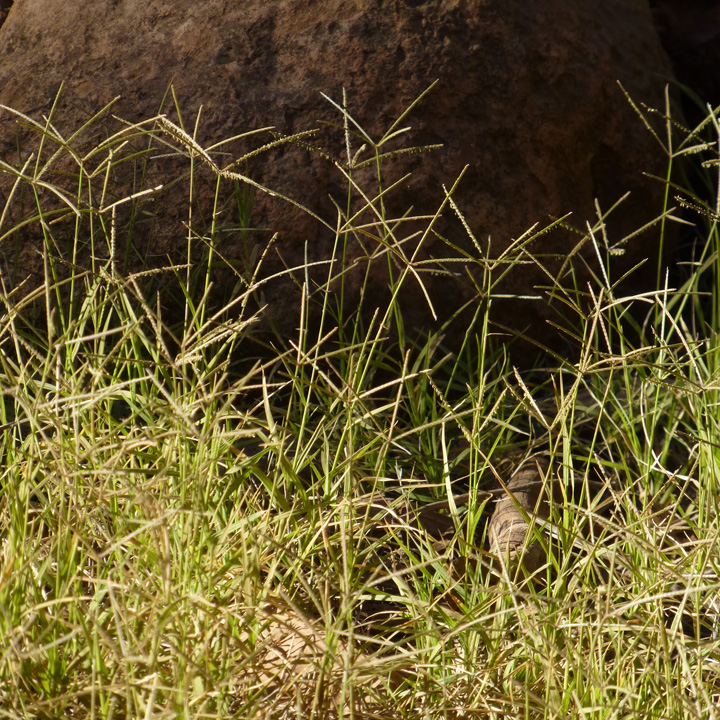Cynodon
|
Family: Poaceae |
Plants perennial; sometimes stoloniferous, sometimes also rhizomatous, often forming dense turf. Culms 4-100 cm. Sheaths open; auricles absent; ligules of hairs or membranous; blades flat, conduplicate, convolute, or involute, sometimes disarticulating. Inflorescences terminal, digitate or subdigitate panicles of spikelike branches; branches (1)2-20, 1-sided, with 2 rows of solitary, subsessile, appressed, imbricate spikelets. Spikelets laterally compressed, with 1(-3) florets, only the lowest floret functional; rachilla extension usually present, sometimes terminating in a reduced floret; disarticulation above the glumes. Glumes usually shorter than the lemmas, membranous, keeled, usually muticous; lower glumes 1-veined; upper glumes 1-3-veined, occasionally shortly awned; lemmas membranous to cartilaginous, 3-veined, keeled, keels with hairs, occasionally winged, apices mucronate or muticous; paleas about as long as the lemmas, 2-keeled; anthers 3; style branches 2, plumose; lodicules 2. x = 9. Name from the Greek kyon, dog, and odous, tooth, a reference to the sharp, hard scales of the rhizome. Spikelets 1-fld, articulated above the glumes; glumes narrow, subequal, 1-veined; lemma strongly flattened, 3-veined, acute, awnless, the lateral veins near the margin; palea narrow, nearly as long as the lemma; rachilla prolonged behind the palea as a slender bristle half as long as the lemma; perennials with short blades, the ligule a ring of hairs, and slender digitate spikes of small spikelets. 10, warm reg. Gleason, Henry A. & Cronquist, Arthur J. 1991. Manual of vascular plants of northeastern United States and adjacent Canada. lxxv + 910 pp. ©The New York Botanical Garden. All rights reserved. Used by permission. |

